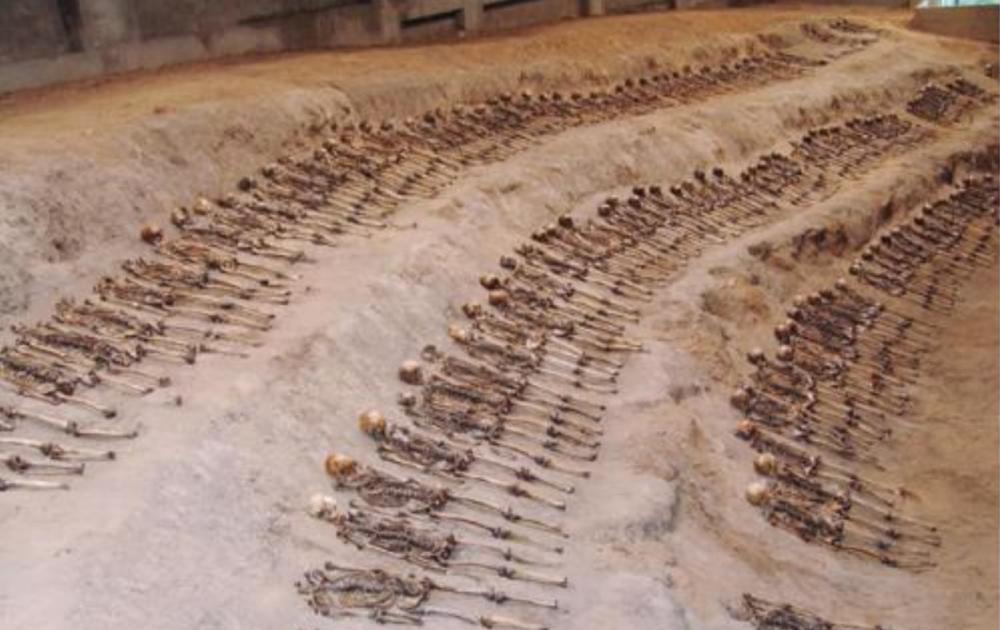All the wounds left by the War of Resistance Against Japan are buried in the heart, even if they were once covered in blood, they can now maintain the superficial integrity, and the wounds left by the war seem to be irrelevant now, but it is about a piece of history, about a past, even if it is not recognized, not remembered, but it always exists. In recent years, many people are unwilling to recognize this history and tamper with that history, but how can history be easily tampered with? Even if the crimes of the past are no longer admitted, there are always countless pieces of evidence pointing to the original in the land of China.

Since 1931, the Japanese army has wantonly taken the lives of tens of thousands of Chinese sons and daughters in China, the so-called "three lights" slogan, but also created a tragic case, the pain of the Nanjing Massacre is like yesterday, these have always been engraved in the hearts of Chinese children. The reason why the Japanese army dared to tamper with textbooks and not recognize the events of that year was nothing more than that they were unwilling to assume their original responsibilities and not admit their mistakes. This is due to the spirit of the samurai, the so-called loyalty to filial piety, benevolence, loyalty to the emperor, is the glory of their lives, so as long as it is the japanese emperor issued an order, even if it is wrong, it is correct.
But compared with a spirit, tens of thousands of innocent lives are the most precious, and the 14 mass graves found in Shanxi are shouting, roaring, and even more telling, telling the atrocities of the Japanese army at the beginning, and telling how wrong they were. In these caves, the corpses of Chinese are piled up in large quantities, the largest of which is 60,000 people in the cave, and they were all left here by the Japanese army during World War II. These "mass graves" are not anti-Japanese soldiers, but young coal miners with an average age of about 30 years old.
In many coal mines in Shanxi, the Japanese army forced the Chinese people to work and dig coal for them in order to plunder a large number of coal mine resources, and the people in these "mass graves" either died of illness or were killed. Under the exploitation of the Japanese army and the persecution of knives and guns, these ordinary people can only dig coal day and night, but in the end they are still waiting for death, when enough resources are plundered from China, the lives of miners are insignificant, so those abandoned mines have become the ultimate belonging of the miners. In 2004, mass graves were listed as cultural relics protection units, and these protected memorial sites were not intended to accuse the Japanese army of their crimes, but only to allow everyone to remember this history.